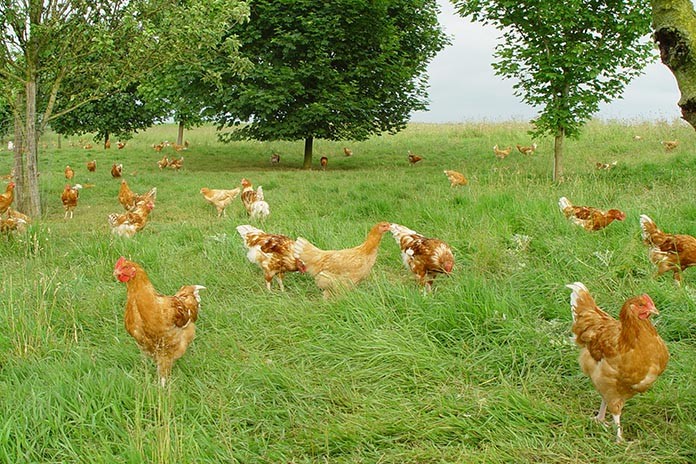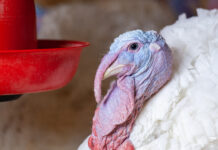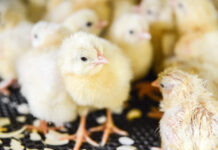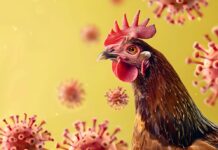
France has confirmed a new outbreak of highly pathogenic avian influenza (H5N1) on a pheasant and partridge breeding farm in Pihen-lès-Guînes, near the northern port city of Calais, according to the local prefecture and Reuters. The detection marks the latest case in a seasonal resurgence of bird flu across Europe.
Authorities reported that the entire flock will be culled to prevent further spread of the virus. In addition, poultry and other captive birds within a 10-kilometer radius of the affected farm have been ordered to remain indoors. A 3-kilometer protection zone and 10-kilometer surveillance zone have been established around the site, where bird movements are restricted and veterinary monitoring has been reinforced under the supervision of the Departmental Directorate for Population Protection (DDPP).
The Pas-de-Calais prefecture also urged poultry producers and farm workers to tighten biosecurity measures, particularly to prevent the virus from entering flocks through wild birds or contaminated equipment. The reminder follows a pattern seen across northern Europe, where cooler weather and migratory bird movements are once again heightening infection risks.
This outbreak comes as France begins its third annual bird flu vaccination campaign, which currently focuses on farmed ducks, considered one of the species most susceptible to infection and transmission. The French Ministry of Agriculture has credited the ongoing vaccination strategy with reducing the number of outbreaks over the past two years.
So far, the ministry has not announced whether the incident will affect France’s current bird flu alert level, which has been set at its lowest since May 2025, when the risk level was downgraded from “moderate” to “negligible” following a significant improvement in poultry health conditions.
The spread of avian influenza continues to disrupt poultry production worldwide, with new outbreaks reported across several European countries this autumn. Health authorities warn that continued vigilance and early detection remain essential to minimize the virus’s impact on both the poultry sector and international trade.

















